Secondary Rhinoplasty for Correction of Deformities and Airway Obstruction

About this procedure
A “secondary rhinoplasty,” by definition, refers to an operation designed to correct deformities caused by prior nasal surgery. Because of the inherent difficulties this operation poses, few surgeons choose to perform it, and even fewer do it well. At Fairbanks Plastic Surgery, we have developed specialized techniques where by we are able to predictably correct even the most difficult cases in those who have had prior failed rhinoplasties. If you have a problem with your nasal appearance after nasal surgery, and if you have airflow difficulties, we may be able to correct your condition. Because of our extensive experience in the area of nasal corrective surgery, this has become one of our “signature operations.”
Common deformities we see with less-than-acceptable “nose jobs” include:
- Supra-tip swelling (“Polly beak deformity”).
- Over-resection of the dorsal hump (“scooped nose”).
- Over-resection of the tip (“pinched tip”).
- A turned-up nose (“piggy snout”).
- A turned-down nose (“dropped tip”).
- A square tip (“box-tip” or “knuckle-tip”).
- An asymmetrical nose (one side is different than the other).
- A collapsed nose (nose collapses in on rapid inspiration).
- Airway problems (constriction of the nasal vault, septal deviation, and turbinate hypertrophy).
- Nasal septal perforation (a hole through the central cartilage—whistles, bleeds, and crusts).
These are all issues one may see in a failed rhinoplasty.
Most of these problems have solutions, but we must carefully perform the corrective surgery. For example, dense scar tissue caused by the previous surgery can disrupt the normal anatomy of the nose. Therefore, we must investigate each case individually and conduct extensive pre-operative planning to ensure success. Our goal is to end up with a nose that does not have an operated look, breathes well, and has a beautiful appearance that achieves your goals.
Most secondary rhinoplasties will require cartilage grafts to correct flaws caused by prior surgery. To avoid rejection, we use cartilage grafts from the patient (autogenous cartilage grafts). Using the patient’s own cartilage allows us to provide the most reliable and predictable results. In severe cases, we may need to take cartilage from one of your ribs, as this provides ample supply of cartilage to provide all the necessary parts of the nose, which may be deformed or missing. Once the cartilage has been carved, the remaining chips are placed in an absorbable packet and put back in the rib cage to reform the rib cartilage so there will be no hollow defect from harvesting the graft. Although there are other sources of cartilage, they are limited and not as satisfactory as rib cartilage for reconstruction.
Under NO circumstance should a patient undergo the placement of any artificial, non-living material in their nose, such as silicone, polyethylene, Gortex, Medpore, or non-living cartilage from a cadaveric source. These non-living products create a higher risk of rejection, infection, and can also work their way through the skin of the nose and poke through the surface. Using artificial grafts guarantees failure.
If your nose has uncorrected problems, either in appearance or breathing, after a prior rhinoplasty, give us a call. We would be pleased to consult with you, examine your nose, and explain how to improve or correct it. During your consultation, we will provide explanations of nasal physiology, airway, anatomical design, and surgical approaches for correction.
Your surgeons at Fairbanks Plastic Surgery Center of Utah have extensive experience and expertise performing secondary rhinoplasty surgery. We are committed to taking every care to maintain your health and well-being while providing you the optimal result from your cosmetic/reconstructive plastic surgery operation.
Secondary Rhinoplasty for Failed Previous Surgery
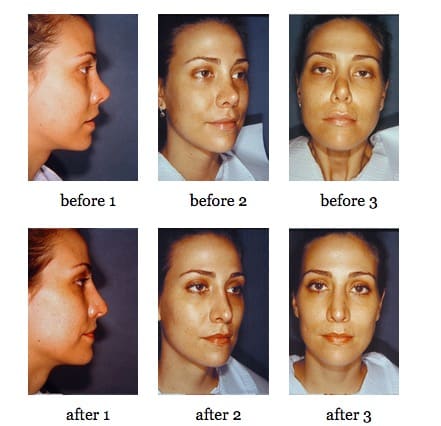
Secondary Rhinoplasty
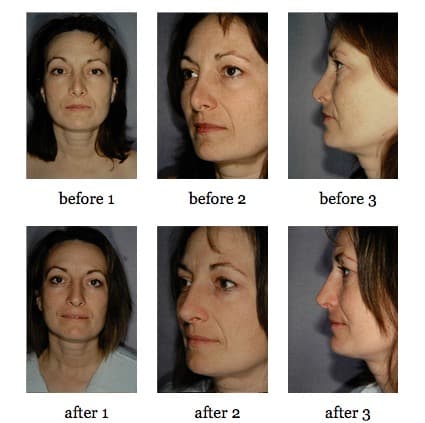
Corrective Nasal Surgery
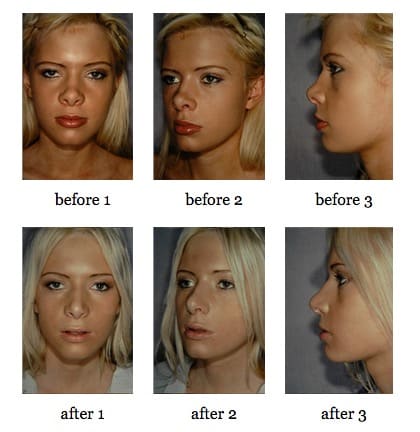
Corrective Nose Surgery
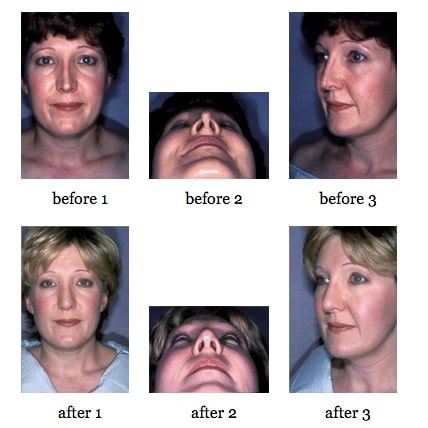
Secondary Rhinoplasty to correct post-surgical nasal deformity
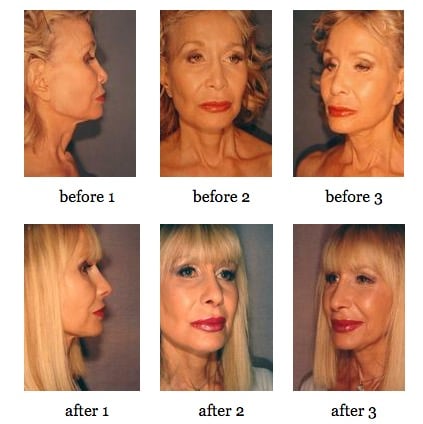
If you have had prior nasal surgery, and achieved an unsatisfactory result, or have difficulty breathing after surgery, be sure to call Fairbanks Plastic Surgery at (801) 268-8838 and come in for a consultation/evaluation of your nose. We are well known for our ability to correct failed rhinoplasties. In all likelihood, we will be able to help you.
*All before and after photos are real patients of Fairbanks Plastic Surgery. Identifiable images are used with patient permission.
